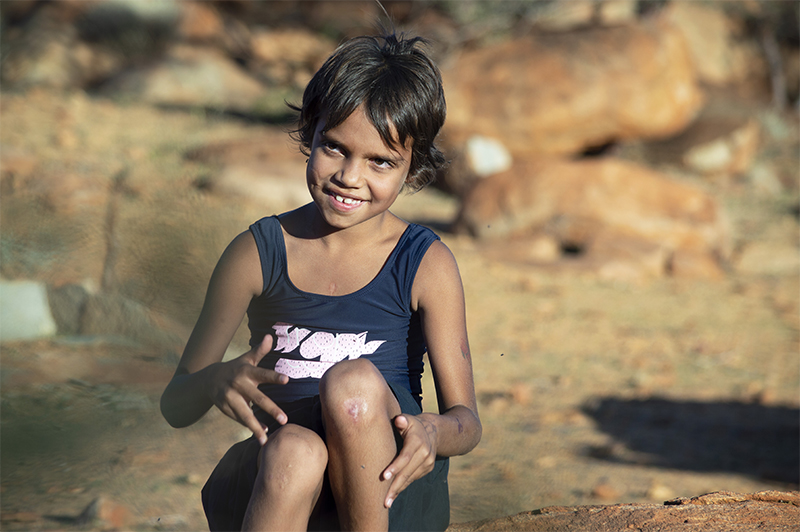Search

News & Events
Urgent action needed to stop 500 preventable deathsA new report predicts rheumatic heart disease (RHD) will lead to over 500 preventable deaths and cost the Australian health system $317 million by 2031 if no further action to tackle the disease is taken.

News & Events
Endgame for deadly heart disease will save hundreds of livesRheumatic heart disease, a deadly yet entirely preventable heart disease taking the lives of Aboriginal and Torres Strait Islander people, is finally on the verge of elimination thanks to new research

News & Events
For kids, by kids: New “Boom Boom” song teaches children how to prevent deadly heart diseaseOnce you hear it, you won’t be able to get it out of your head – and that’s exactly the point of the new song ‘Boom Boom’.

News & Events
Call for Group A streptococcal infections to become notifiable diseasesResearchers at The Kids Research Institute Australia say Group A Streptococcus should become a nationally notifiable disease in Australia.
Research
Outcomes of latent rheumatic heart disease: External validation of a simplified score in patients with and without secondary prophylaxisSecondary antibiotic prophylaxis reduces progression of latent rheumatic heart disease (RHD) but not all children benefit. Improved risk stratification could refine recommendations following positive screening. We aimed to evaluate the performance of a previously developed echocardiographic risk score to predict mid-term outcomes among children with latent RHD.
Research
Left ventricular remodelling in rheumatic heart disease – trends over time and implications for follow-up in childhoodRheumatic heart disease (RHD) is the most common form of acquired heart disease worldwide. In RHD, volume loading from mitral regurgitation leads to left ventricular (LV) dilatation, increased wall stress, and ultimately LV dysfunction. Improved understanding of LV dynamics may contribute to refined timing of intervention.
Research
Development of a sustained release implant of benzathine penicillin G for secondary prophylaxis of rheumatic heart diseaseRegular intramuscular (i.m.) benzathine penicillin G (BPG) injections have been the cornerstone of rheumatic heart disease (RHD) secondary prophylaxis since the 1950s. Patient adherence to IM BPG is poor, largely due to pain, the need for regular injections every 3-4 weeks and health sector delivery challenges in resource-limited settings. There is an urgent need for new approaches for secondary prophylaxis, such as an implant which could provide sustained penicillin concentrations for more than 6 months.
Research
The evidence that rheumatic heart disease control programs in Australia are making an impactRheumatic heart disease (RHD) comprises heart-valve damage caused by acute rheumatic fever (ARF). The Australian Government Rheumatic Fever Strategy funds RHD Control Programs to support detection and management of ARF and RHD. We assessed epidemiological changes during the years of RHD Control Program operation.
Research
Roadmap to incorporating group A Streptococcus molecular point-of-care testing for remote Australia: a key activity to eliminate rheumatic heart diseaseJonathan Asha Dylan Rosemary Janessa Jeffrey Carapetis AM Bowen Barth Wyber Pickering Cannon AM MBBS FRACP FAFPHM PhD FAHMS BA MBBS DCH FRACP PhD
Research
Penicillin Reactions in Patients With Severe Rheumatic Heart Disease: A Presidential Advisory From the American Heart AssociationJonathan Rosemary Carapetis AM Wyber AM MBBS FRACP FAFPHM PhD FAHMS MBChB MPH FRACGP PhD Executive Director; Co-Head, Strep A Translation; Co-Founder
